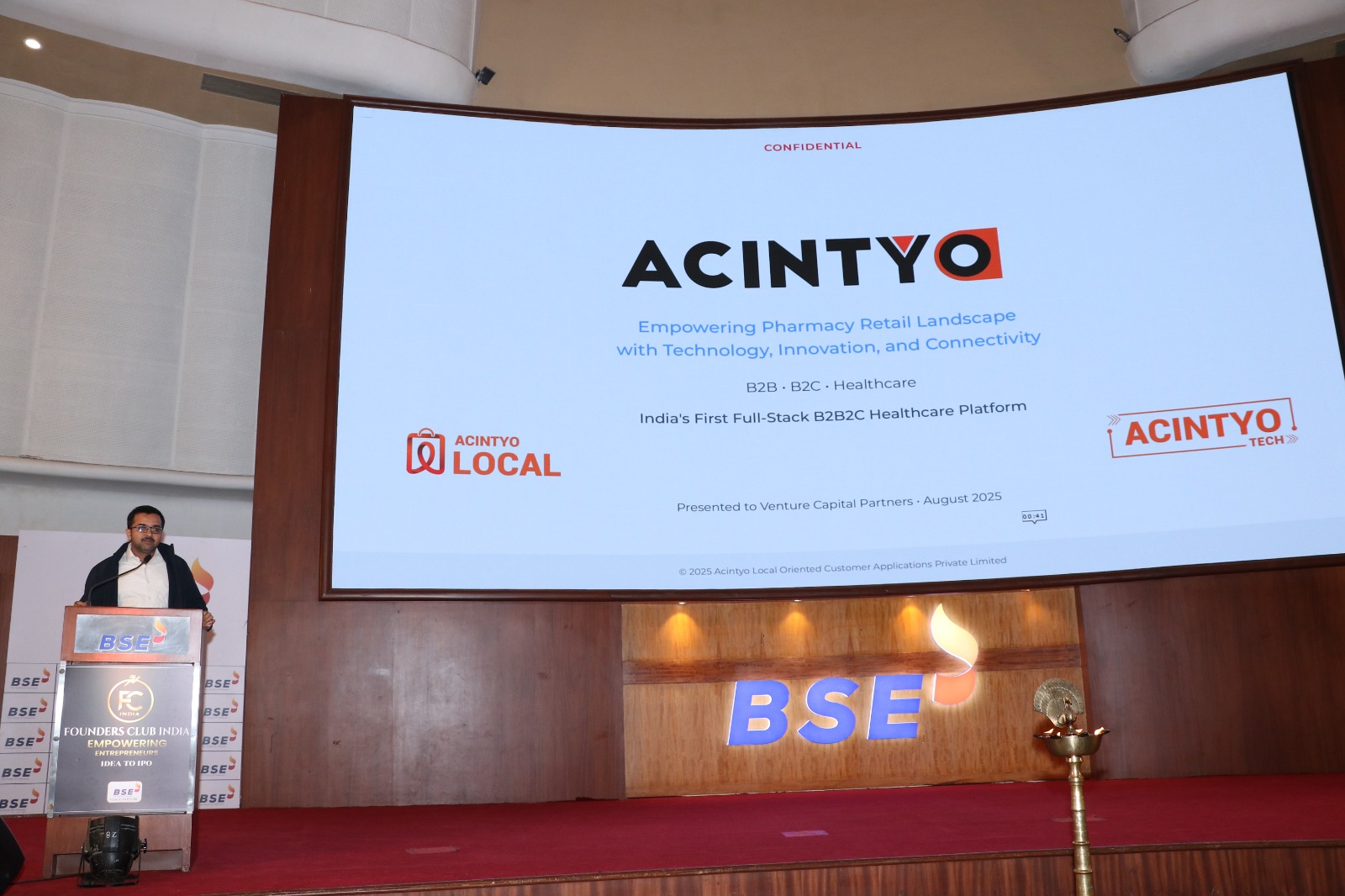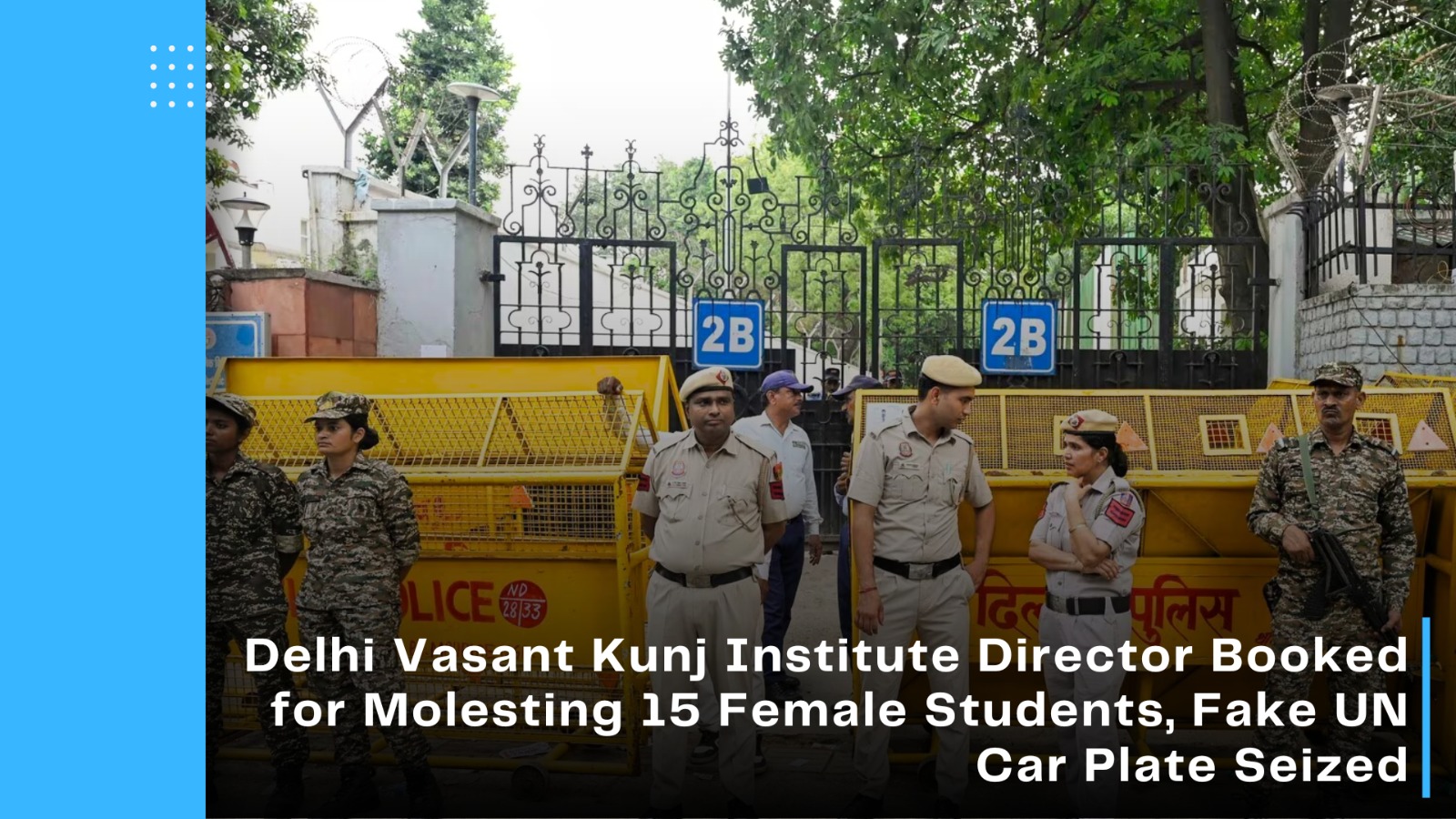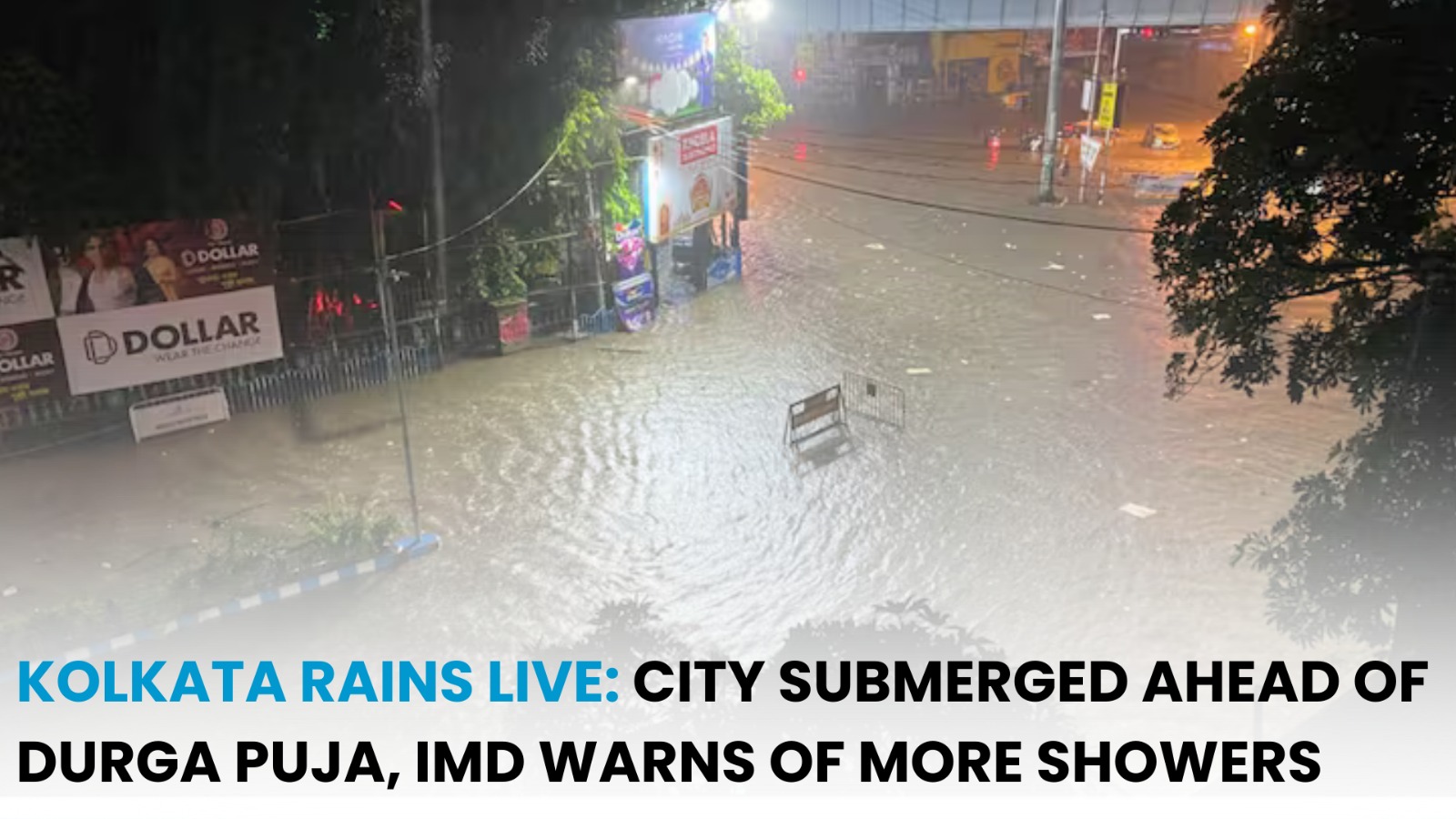Deep depression expected to intensify into cyclone in flood-hit Gujarat
The India Meteorological Department said the last time a depression formed on land transitioned into a cyclone before moving out to sea was 48 years back in 1976

At least 28 people have died and over 24,000 have been homeless due to flooding in a western Indian state caused by torrential rains. Meanwhile, a deep depression over the coast of Gujarat was ready to move westward into the Arabian Sea, where it is likely to build into a cyclone on Friday.
Ashok Kumar Das, the chief of the IMD's Ahmedabad unit, described the weather system as an unusual event. The last time something comparable occurred, according to him, was in 1976 when a depression developed on land, developed into a cyclone, and then moved out to sea. Normally, things go the opposite way. After starting in Rajasthan and moving through north Gujarat, the depression is currently located in the Saurashtra-Kutch region. It's not severe yet, but it's strengthening into a powerful cyclonic storm," Das stated on Thursday.
Das stated that by Friday they will have a better idea of the cyclone's intensity and that Kutch's coastal areas are probably going to be impacted.
At 8.30 am on Thursday, the deep depression over Saurashtra and Kutch was located 60 km northwest of Bhuj and 80 km northeast of Naliya. It was moving westward at a speed of three km per hour. "On August 30 [Friday], it is expected to move west-southwest, emerge into the northeast Arabian Sea off the coasts of Kutch, Saurashtra, and Pakistan, and intensify into a Cyclonic Storm." After that, throughout the next two days, it would keep moving away from the Indian coast and roughly west-southwest across the northeast Arabian Sea.
Alongside Gujarat's ongoing rains on Thursday, there was a deep depression. From 6 am to 6 pm, Mandvi recorded the most rainfall (287 mm), followed by Mundra (188 mm). One of the hardest-hit locations, Khambhaliya, received 944 mm of rain between Sunday and Thursday, which resulted in significant disruption and evictions.
To inspect ongoing relief operations, Chief Minister Bhupendra Patel visited the Devbhumi Dwarka district on Wednesday, which has been impacted by the rain. He met with Raj Kumar, the chief secretary, and received an update on the district's damage, evacuations, and rescue efforts. Patel emphasized the necessity of quick relief efforts, along with monetary support for home necessities and damages and casualty compensation.
On Thursday, as many as 130 people were saved in Devbhumi Dwarka, while 1,596 were moved to safer locations.
Four individuals on a fishing boat that were stuck 30 kilometers southwest of Dwarka were rescued on Thursday by the Coast Guard using a helicopter. It was one of several helicopter missions to evacuate 24 people from the Kutiyana, Dumthar, and Thepada villages that had been devastated by flooding. A large number of people who were saved were stuck on rooftops or clinging to columns. 57 individuals were evacuated by the Coast Guard on Wednesday and Thursday.
In order to provide aid and disaster relief, the army mobilized eight columns in Vadodara, Jamnagar, Dwarka, Rajkot, Morbi, and Bhuj. Eight individuals who had been stuck in a Jamnagar village for four days and more than 200 people in Vadodara, one of the worst-hit areas, were rescued by the army on Thursday.





































Comments (0)